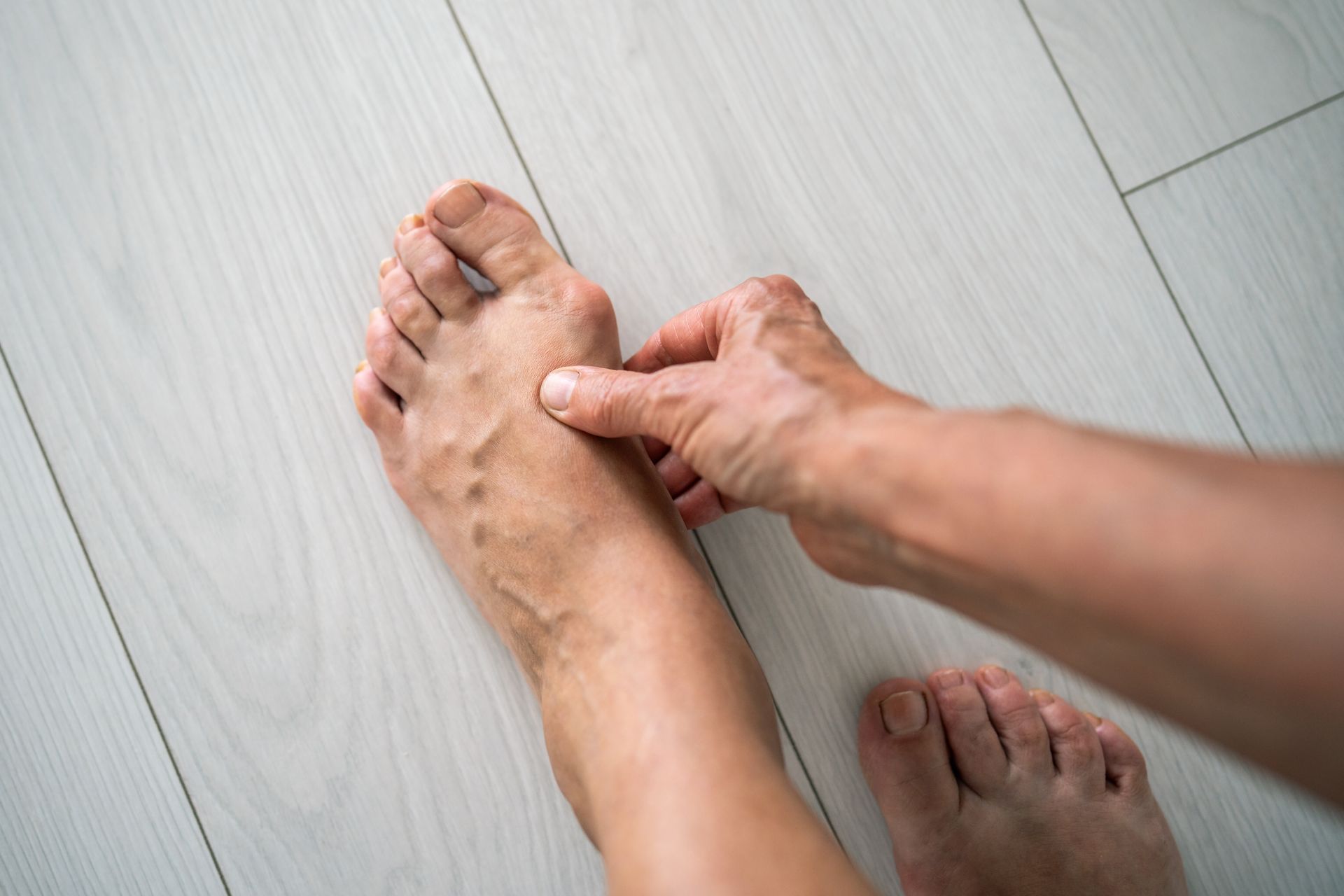Bunions

Expert Bunion Solutions
Effective Treatment for Bunion Pain and Deformity
Bunions are painful bony bumps that develop at the base of your big toe, causing the toe to angle toward the other toes and creating a prominent protrusion on the side of your foot. This progressive deformity can make it difficult to find comfortable shoes, cause chronic pain during walking, and lead to additional foot problems if not properly addressed.
We provide detailed evaluations to assess the severity of your bunion and its impact on your daily activities, then develop personalized treatment plans that may include custom orthotics, padding and taping, anti-inflammatory treatments, footwear modifications, and when necessary, advanced surgical correction.
Our goal is to eliminate your pain, improve foot alignment, and help you return to comfortable walking and activity participation. From early intervention strategies to complex reconstructive procedures, we're committed to providing you with the most effective treatment options to achieve lasting relief and optimal foot health.
Start Your Journey to Wellness Today
Talk With Foot and Ankle Specialist Today!
Ready to take the first step towards healthier, pain-free feet? Contact us to schedule an appointment or to learn more about our foot and ankle services. Our dedicated podiatric team is here to provide personalized care and answer any questions you may have about your lower extremity concerns. Reach out today and let us help you achieve optimal foot health and mobility for an active lifestyle.

